Gallery
Photos from events, contest for the best costume, videos from master classes.
 |  |
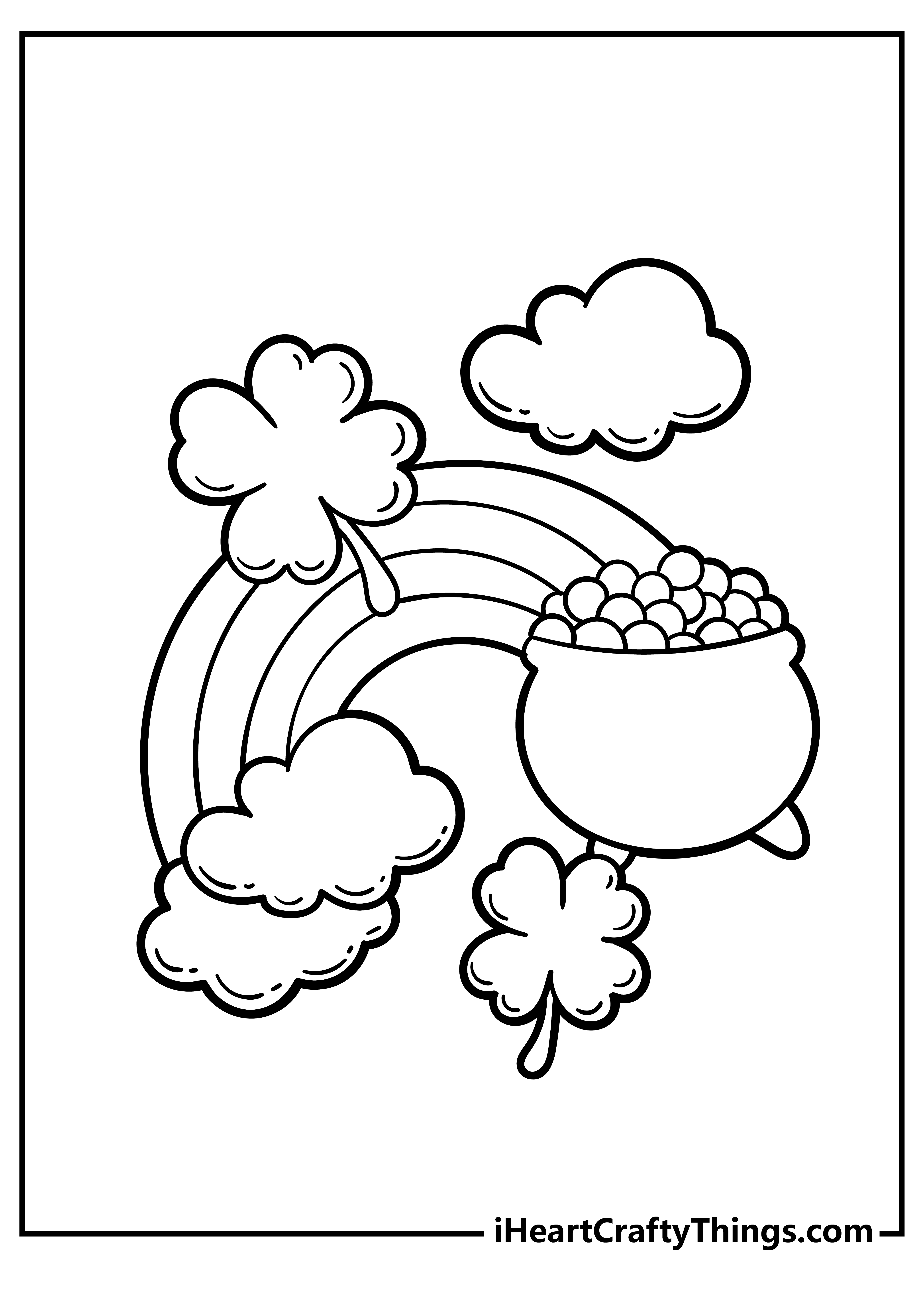 | 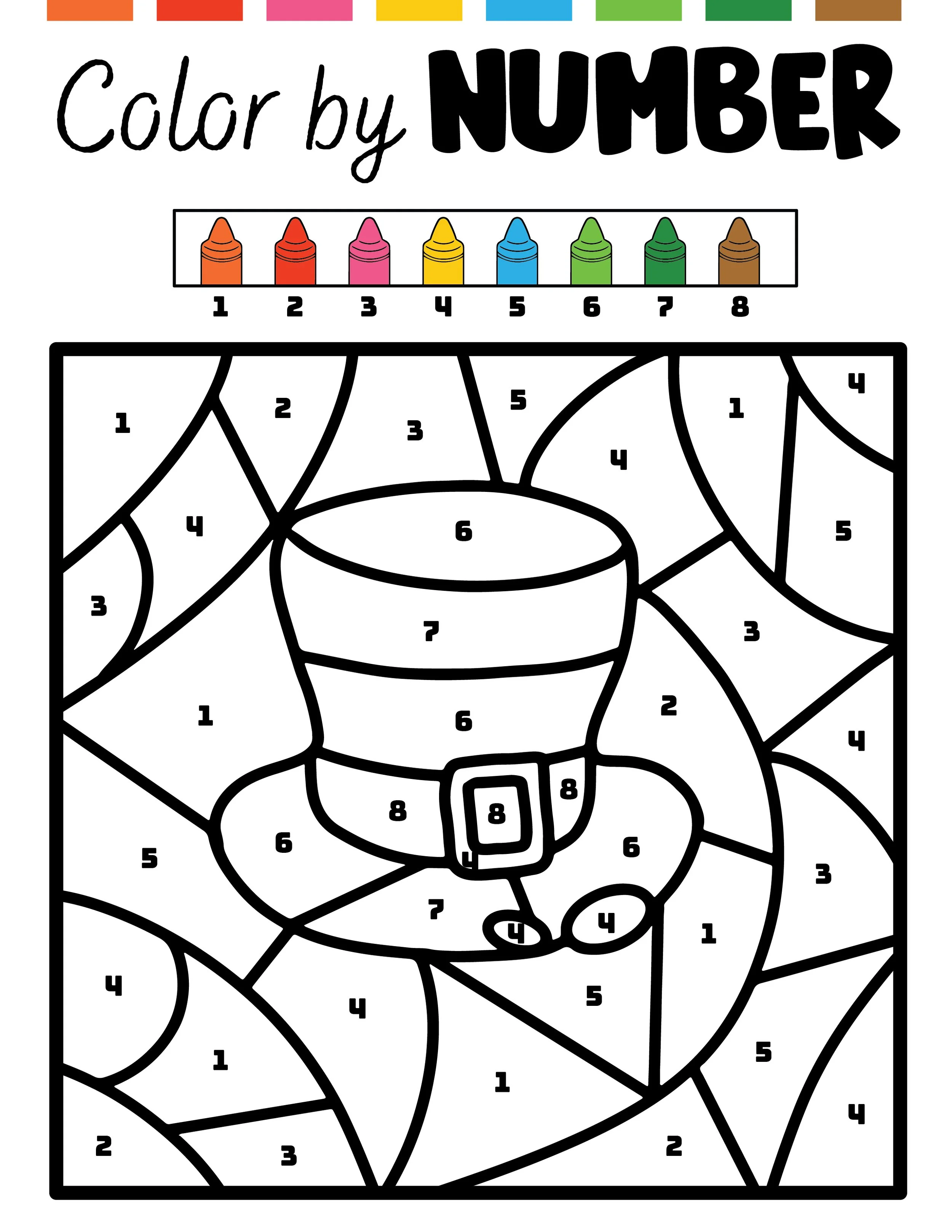 |
 |  |
 | 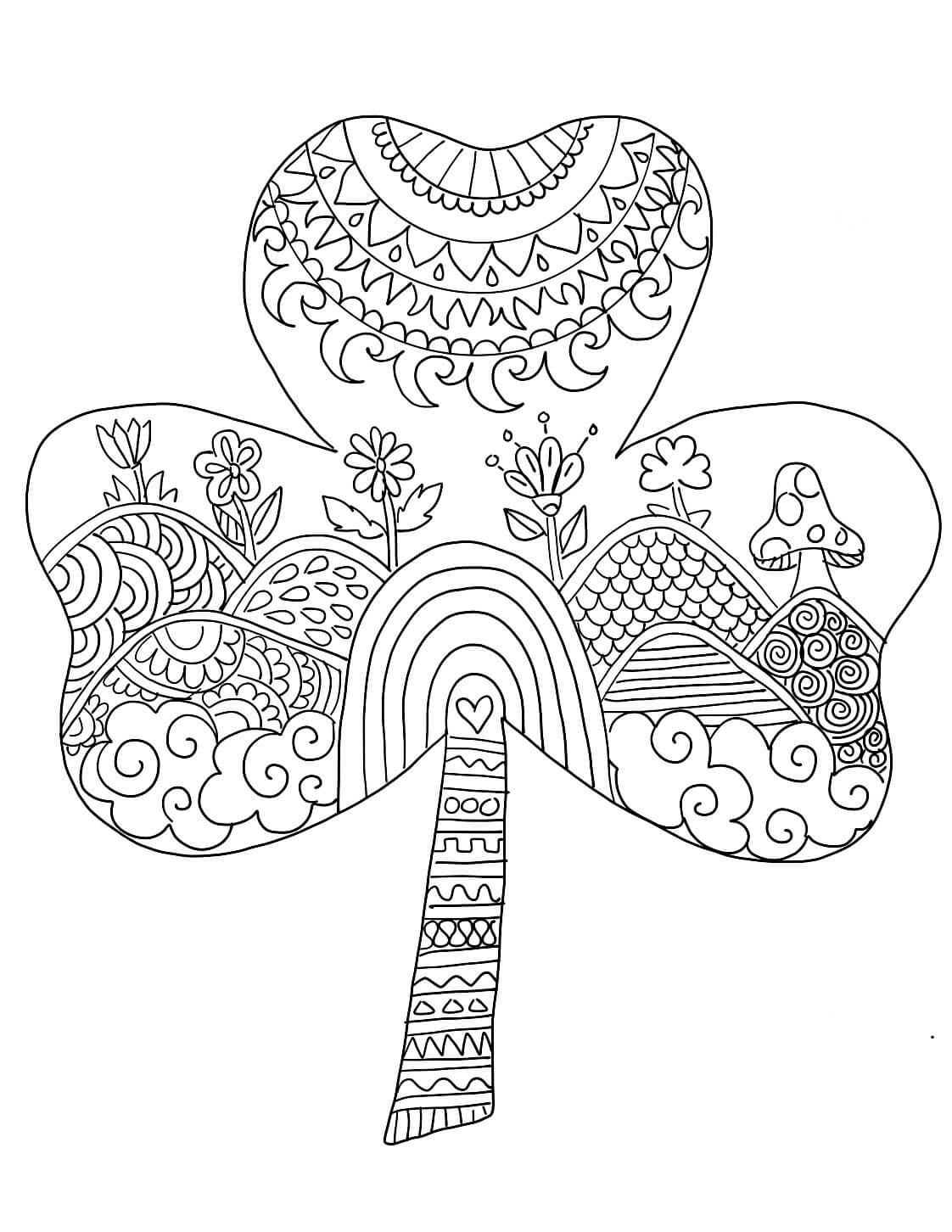 |
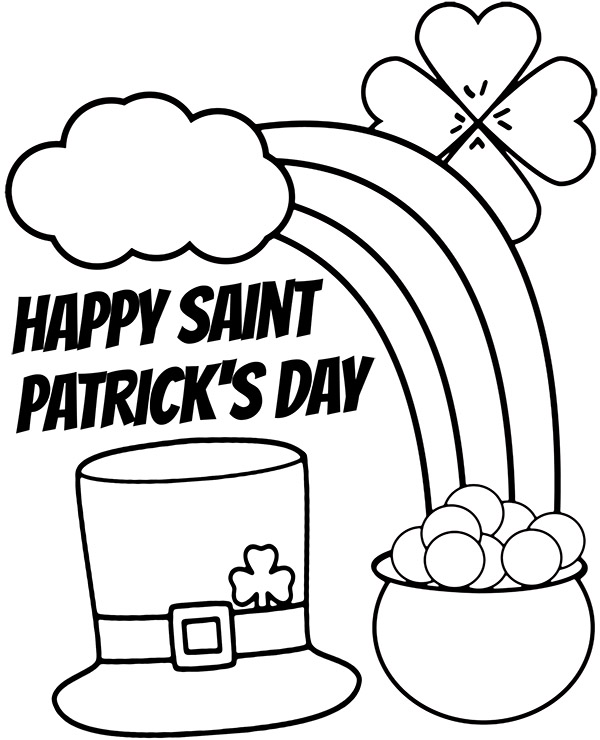 |  |
 | 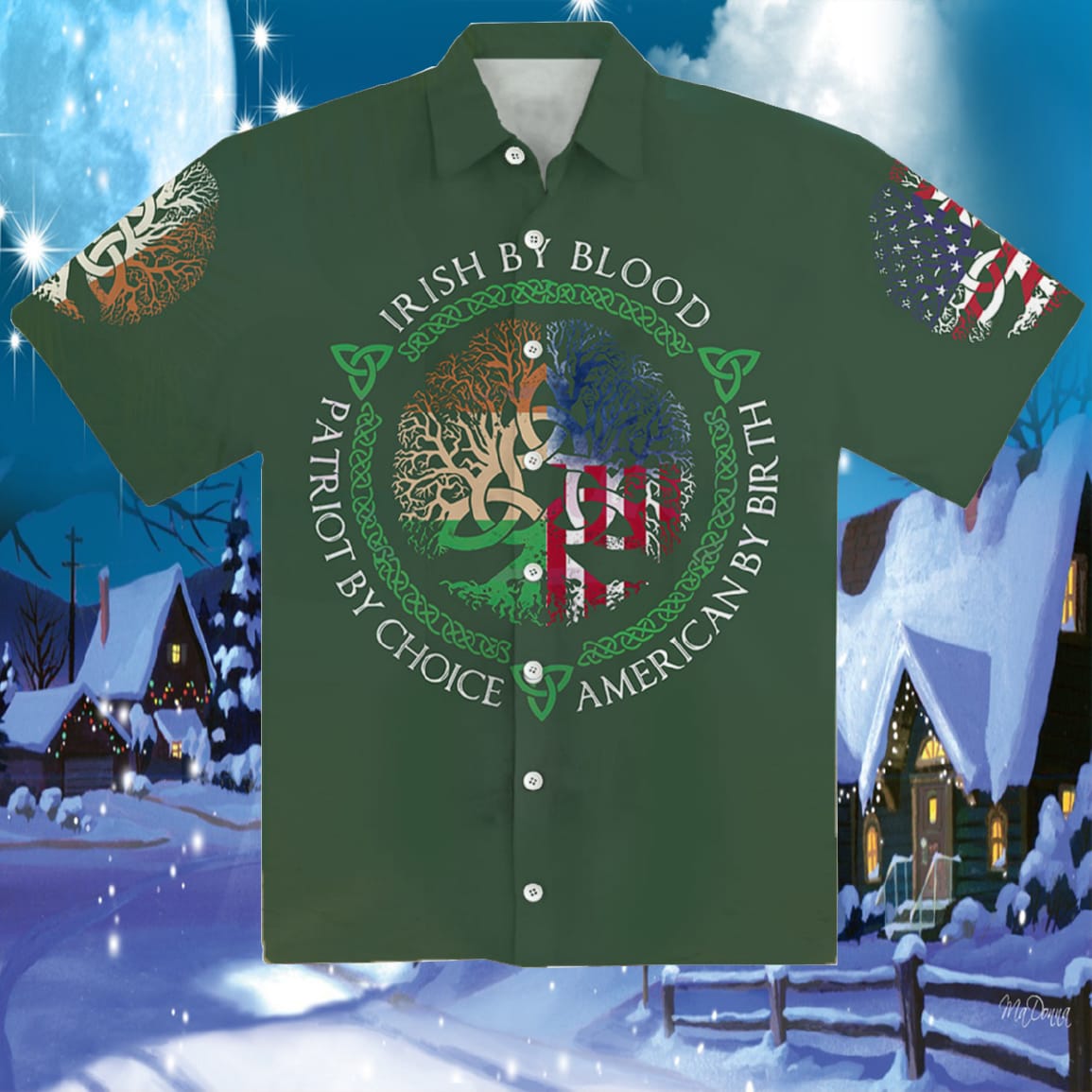 |
Why did the St. Patrick’s Day color became green? For a while, the Irish were true-blue to using the color blue as the symbol of St. Patrick. It wasn’t until the 1798 Irish Rebellion that The Irish government didn’t recognize St. Patrick’s Day as a public holiday until 1903, and the first parade in Dublin wasn’t held until 1931. Even pubs remained closed on March 17 until 1961. The Significance of Green in St. Patrick’s Day. Green, the primary color of St. Patrick’s Day, has a rich history and symbolism that extends beyond its association with the shamrock. In Ireland, green is a color that represents the country’s lush landscapes, rolling hills, and natural beauty. The Color of St. Patrick’s Day Wasn’t Always Green Ireland’s patron saint was once dressed in blue—before his holiday got its signature hue. by Bryan McGovern March 17, 2025 St. Patrick’s Day usually conjures images of partying, Catholicism, Irish nationalism and, perhaps most famously, the color green: green clothes, green shamrocks, green beer and green rivers. Boston held its first St. Patrick’s Day parade in 1737, followed by New York City in 1762. Why do we wear green? Although blue was the color traditionally associated with St. Patrick, green is – The original color associated with St. Patrick’s Day. St. Patrick’s Day festivities once featured azure blue, not green! This royal color has deep roots in Irish history and symbols like the flag and coats of arms often showed it off too. The original color associated with St. Patrick’s Day. St. Patrick’s original color was blue St. Patrick’s Day usually conjures images of partying, Catholicism, Irish nationalism and, perhaps most famously, the color green: green clothes, green shamrocks, green beer and green rivers. Celebrating St. Patrick’s Day on March 17th is a wonderful opportunity to explore the holiday’s rich history and legends with your upper elementary students. St. Patrick’s Day not only commemorates the life of St. Patrick, the patron saint of Ireland, but also offers a glimpse into Irish culture, traditions, and folklore. Lesson Handout The Colors of St. Patrick’s Day in Popular Culture. The colors associated with St. Patrick’s Day have become an integral part of popular culture, from fashion to advertising. In the United States, for example, St. Patrick’s Day is often associated with green beer, green attire, and green decorations. St. Patrick’s Day Puzzles & Activity Pages. Free printable St. Pat’s puzzles and activity pages. These fun logic games will have your second-grade, third-grade, and fourth-grade students building vocabulary, spelling, and writing skills while having fun learning. New York City and the First St. Patrick’s Day Parade One of the earliest St. Patrick’s Day celebrations in America took place in Boston in 1737, when a group of Irish Protestants gathered to Green beer is a St. Patrick’s Day classic, but you might be surprised to learn that it wasn’t invented in Ireland—it was actually created in the United States!. The first known instance of green beer dates back to 1914 in New York City, when Dr. Thomas Curtin, an Irish-American coroner and social club member, decided to add a drop of blue dye to a keg of beer for a festive gathering. WASHINGTON — This story from The Conversation is by Bryan McGovern, Professor of History, Kennesaw State University. St. Patrick’s Day usually conjures images of partying, Catholicism, Irish The worldwide spread of St. Patrick’s Day was partially due to the 1845’s Great Potato Famine that forced more than a million Irish to emigrate. Today, more than 200 countries celebrate it. 10. St. Patrick’s Day Was Once a Dry Holiday. For much of the 20th century, St. Patrick’s Day was considered a strictly religious holiday in Ireland What if the color most sacred to St. Patrick wasn’t green at all—but blue? Yes. You heard that right. St. Patrick’s blue. A color older than fashion, deeper than dye, and richer than any Pantone chart can capture. A color tied not just to a man or a feast day—but to an entire nation’s soul. Celebrate St. Patrick's Day this year with a free St Patrick's Day coloring page printable. You can use colored pencils, crayons or markers to fill complete this free printable. Many of the items you will see in this St. Patrick's Day coloring sheet are symbols of the holiday, like shamrocks, leprechauns and the harp! St. Patrick’s Blue Association: The Transition to Green. The iconic green color now synonymous with St. Patrick’s Day and Ireland has not always been the primary hue linked to the Emerald Isle. In fact, the transition from blue to green has been a gradual evolution over time. To this day, several sports teams in Ireland wear Saint Patrick’s Blue on their uniforms. Additionally, there are several pieces of artwork depicting Saint Patrick dressed in light blue robes. How Did the Color Associated With Ireland and St. Patrick’s Day Change From Blue to Green? There are a few explanations for the color change in Ireland. (THE CONVERSATION) St. Patrick’s Day usually conjures images of partying, Catholicism, Irish nationalism and, perhaps most famously, the color green: green clothes, green shamrocks, green beer
Articles and news, personal stories, interviews with experts.
Photos from events, contest for the best costume, videos from master classes.
 |  |
 |  |
 |  |
 |  |
 |  |
 |  |